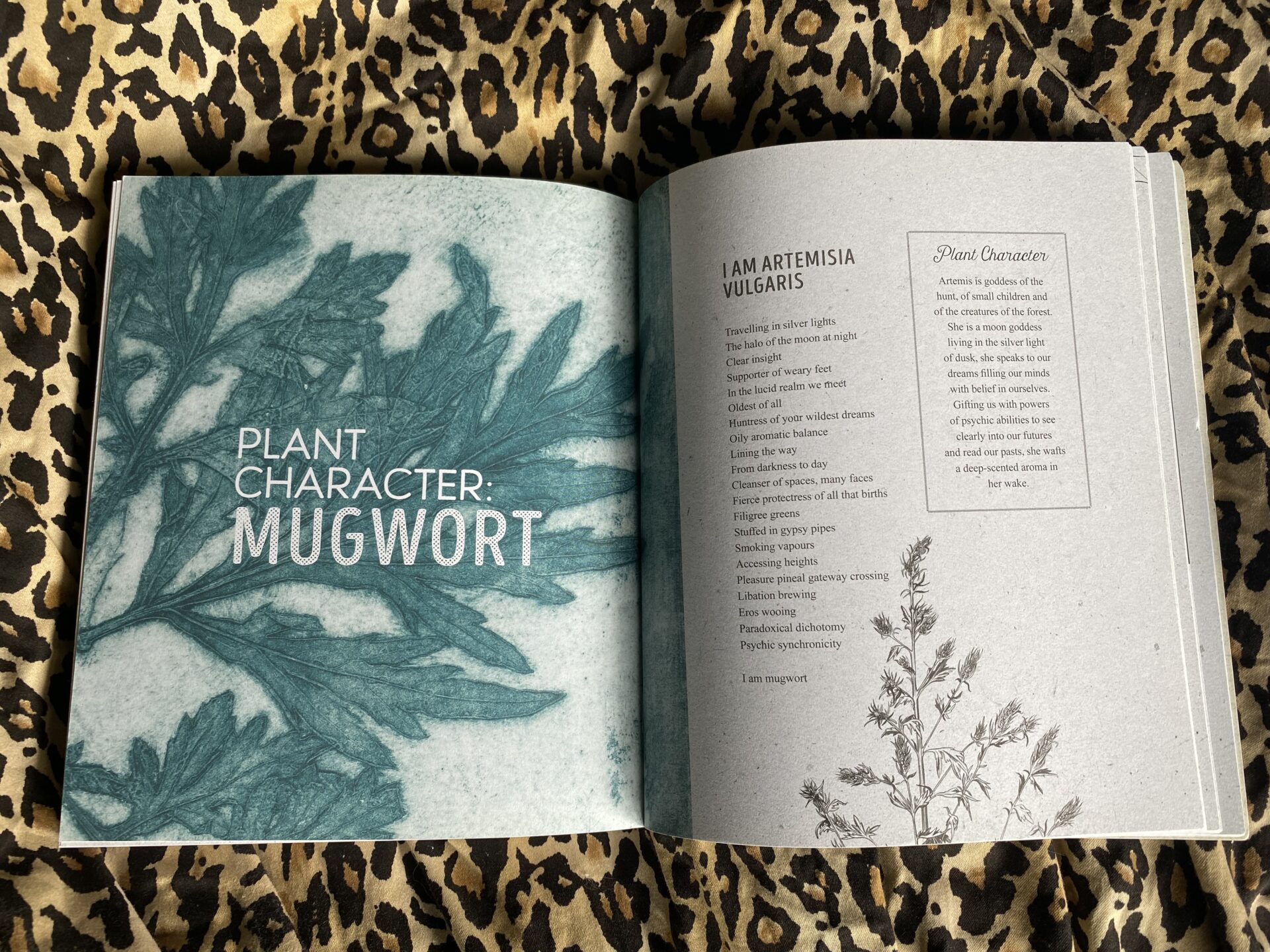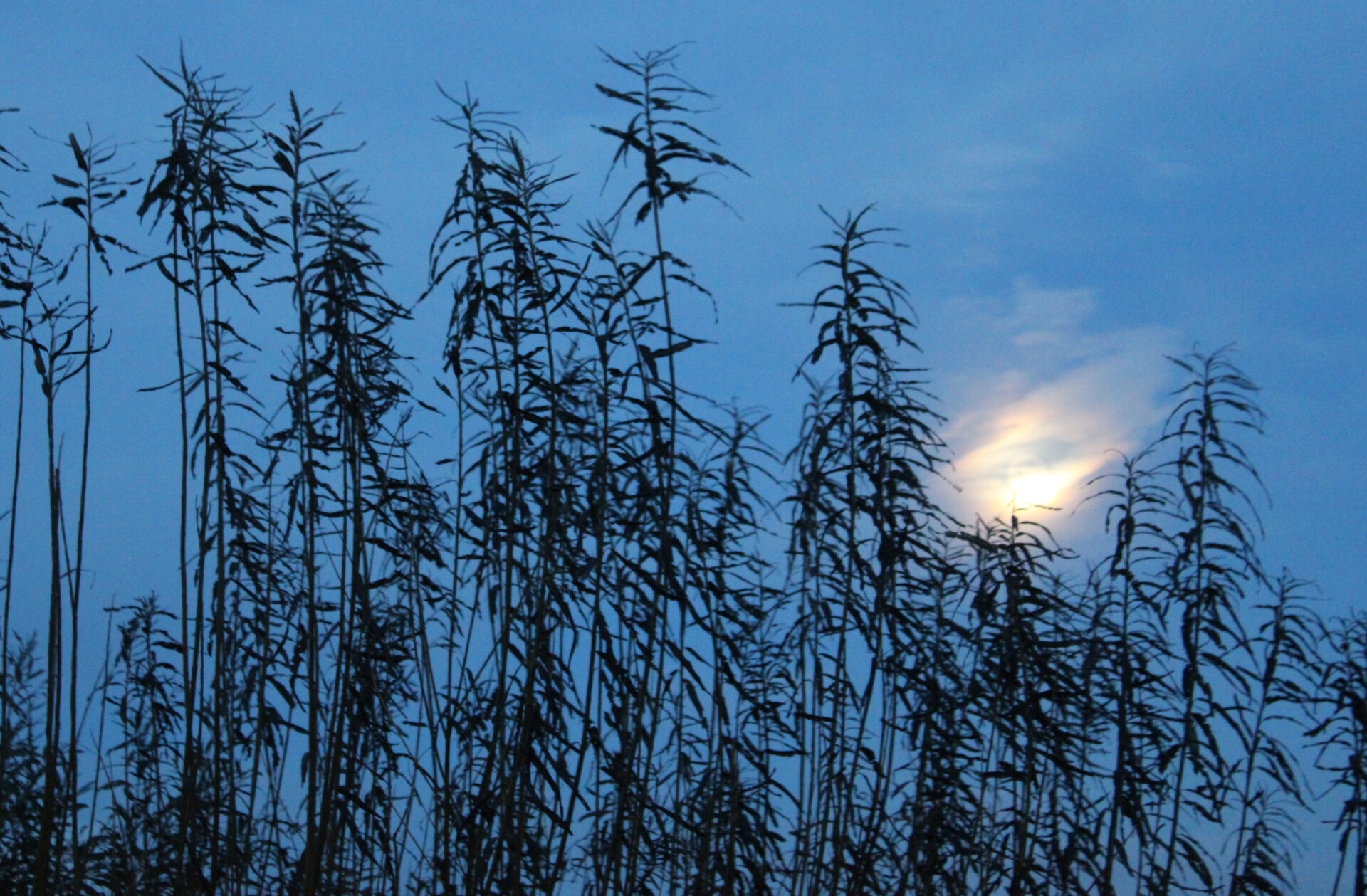Our lives can be sweet precisely because they are finite. The sands of time are moving through the hour glass continuously, we are all moving towards death. Yet living under the pressure of Grandfather Time, we are often too busy to consider our place within the cycle of life and death.
“Why are we here?”, “What happens after we die?” are some of the biggest philosophical questions that arise in our lives. Yet rushing through life leaves little space to practice being in the liminal state, little time to dream and explore mystery and the unknown, and so many people become scared of death. If through life, we had the space to practice non-attachment and imagine death and dying, we potentially could live more fearlessly with increased joy, and have less anxiety when we arrive at the end of our life.
In our practices as clinical herbalists, we use our local herbal allies to support and aid the shifting of perceptions, especially the fear and anxiety that can often surround death. We create rituals around death, and also as medicine to support people’s emotional and spiritual state as they walk towards their own death.
If we look at the bigger picture, it seems clear that separating ourselves from death, which is a natural transition of the life cycle, is leading our society to the point of suicide. Our society’s current paradigm, Capitalism with its model of constant ‘growth’ is stuck in the summer season; always moving and growing and never taking stock and stopping to decline, regroup and restore.
Here in the West, we are raised in a culture where community rituals have been commercialised and turned into festivals of consumption, like Easter, Halloween or Christmas. The general populous, grows up with a disconnect to nature. Easter is the celebration of the Spring Equinox, a rebirth of the soil and the land after winter’s colder, dormant times. Simply being outside and welcoming in the new verdant growth of spring, observing nature’s rhythms and celebrating with community was once the norm. In the past, society marked and celebrated the movement through the wheel of the year, feeling the cycle of life close by, witnessing it first-hand through the strong links to the land and seasons that farming and foraging have.
In contemporary society, community rituals and happiness are often replaced with the feeling of lack. There is never enough, enough gifts under the tree, enough food on the table, enough time, enough space, enough money. Addictions often manifest to mask feelings of lack and inadequacy. We find ourselves at a point in time where our addiction to consumption and hoarding wealth is destroying the very eco-system we rely on for life.
Death
As herbalists, many patients come to see us who already have a terminal diagnosis. Each come for their own personal reasons, but often people are searching for a way to survive. Hearing that we are going to die soon is scary and often induces a sense of panic. Often feelings of shock and denial arise over the diagnosis, which then give rise to feelings of not being ready to accept or welcome death as part of their journey.
Many people fight hard for survival and the will to live can override the death sentence passed to them by the doctors. Others have instinctual knowledge that although they’re ‘not ready’, death is knocking loudly, forcing them to come to terms with a shortened life span.
Our attitudes to death have changed massively in the last couple of generations. With advances in medical technology and drugs, many people have increased life spans. Unfortunately, all too often life is preserved well passed it being healthy and happy.
There are particular herbs that we have explored and used with people over the years, specifically to aid in the walk towards accepting death and surrendering to the journey.
Mugwort – Dream
The first herb is Mugwort (Artemisia vulgaris). Interestingly, Mugwort is a herb that is amazingly useful and nourishing during the birth process. This incredible herb can be used to reach altered states of consciousness; a liminal space that, with practice, can release us from many of our fears and worries about embracing the unknown, whether in birth or in death.
Mugwort is a herb famously associated with dreaming. Mugwort’s Latin name is Artemisia, named after the goddess Artemis, the Roman Moon Goddess.
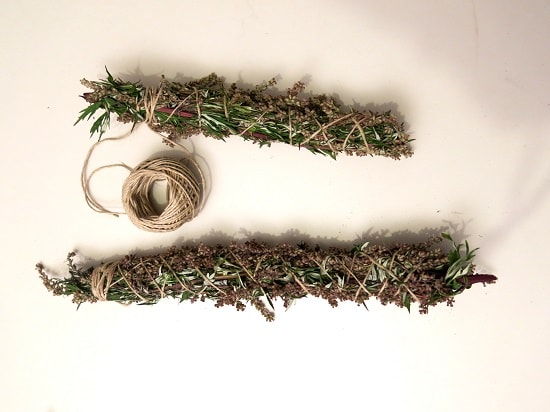
One of our most mysterious and intriguing states of consciousness is in the dream state, when we lose a certain level of consciousness and dive into the deep waters of sleep. Dreams provide insights into our aspirations, hopes and fears. Using Mugwort and guided exploration can enhance and aid dream work. Dreams are intelligent. They can be a valuable key to uncover unconscious process and unlock intuition. Analyzing and recording dreams can offer an opportunity for the dreamer to recognise the mind’s own power to heal itself.
We use dreaming as a tool with patients who are facing death. It is a space from which to explore ideas and unlock faith or belief in something OTHER than the self, the beginning of dissolving the ego. It can return us back to a state of new perception, like that we have within the womb or as a new-born.
Elderberries – Introspection
The second herb we utilise is Elder. She has deep connections to the dark moon, crone energy and an association with the death rites of wakes and vigils, aiding folk in embracing and witnessing their own death.
For the Druids, the Elder tree’s protective power came from a spirit – the White Goddess. This goddess was the guardian of the underworld, establishing the tree’s association with death. Archeological findings have confirmed the use of Elder wood in funerary rites. Funeral flints and carvings in the shape of elder leaves have been found in megalithic long barrows.
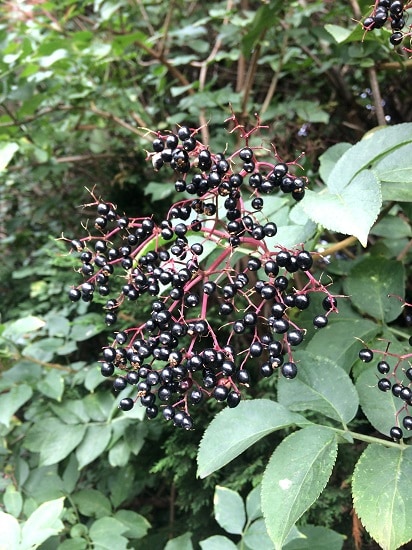
Elder’s relationship with death can also be linked to the Celtic calendar. The 13thmonth or moon (approx.. Nov. 25-Dec. 23) of the year was associated with the Elder. This was the darkest time of the year and, according to one story, was the time the Celts believed their sun spirit was held prisoner, symbolising death. Yet, this time of the year was also associated with creativity and renewal as the end of the Elder moon meant new life. The Elder tree was a symbol of the cycle of life – death to birth to death.
As a tool with patients, we spend time considering the Elder and the folklore surrounding the tree together. We use the tincture to connect physically with the herb, and then creative writing or discussion if the patient is too weak to write.
Questions explored include –
- What are your personal fantasies surrounding death? Here anything is possible. With one lady who loved Terry Pratchett, she had constructed a disc world in her mind and Death as the Grim Reaper was with her continually, waiting in the wings. They had a comic relationship, where she was forever telling him to hang on.
- Where do you imagine you might travel too? Heaven, hell, absorbed into the universe, reincarnation.
- Do you imagine you can still see and visit the living? Here many anxieties about who will be left behind often arise, especially where a person has young children. (We often reach for Henbane to alleviate these anxiety states. Henbane has a long use as an anesthetic and analgesic and we really associate it with the vigil and remembrance of the dead back in the physical world.)
- Who do you need to make peace with? Who would you like to leave instructions or letters for?
- How do you feel about your physical body that shall be left behind? What plans would you have for a funeral?
Rosemary for Memory
Rosemary is an herb that has long been associated with remembrance and death. There are reports that the Romans used the herb in burials as well as Rosemary being laid atop coffins in traditional England. We now know that rosemary stimulates blood flow to the brain and literally helps us to remember! It has the added bonus of its powerful aroma which would aid in the concealment of odour from the corpse.
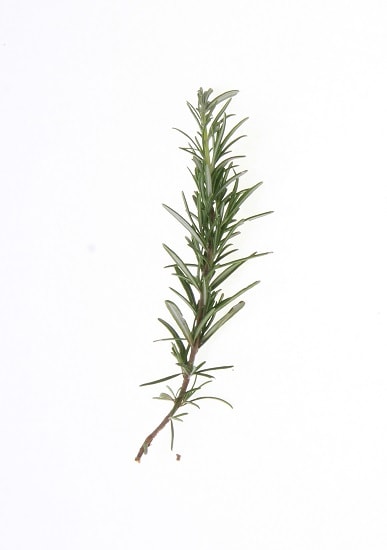
We use Rosemary before death to initiate conversations about memories and stories from the past. It can be reassuring to revisit poignant moments through life and the important people along the way.
The Story of Life and Death
Vibrant, community rituals, festivals and storytelling during our lifetime creates space where we can dream and imagine places that are outside of the familiarity of our daily lives and eases us into being comfortable with the unknown.
When we work with people facing their death, our work connects them with their past and their stories. Exploring herbs and dying can guide them to look forwards beyond death to a place that is unknown, but perhaps better prepared for. There is a sense through this work that if an individual feels held, heard and supported in their death, there can be less fear around surrendering to it.
A storyteller is more than a teller of tales. Storytellers are teachers and healers with a long spiritual tradition. It is one of our oldest art forms. Stories stimulate the imagination, building a sense of community between tellers and listeners, a deep ritual in itself. Storytelling helps us to make sense of our environment and personal experience. Many older stories are originally traditional folktales. They represent the richness of oral patterns of telling and are the product of a community experience. When we log peoples’ lives before they die through their stories, we gather the vessels with which we can remember and celebrate their life far beyond death.


